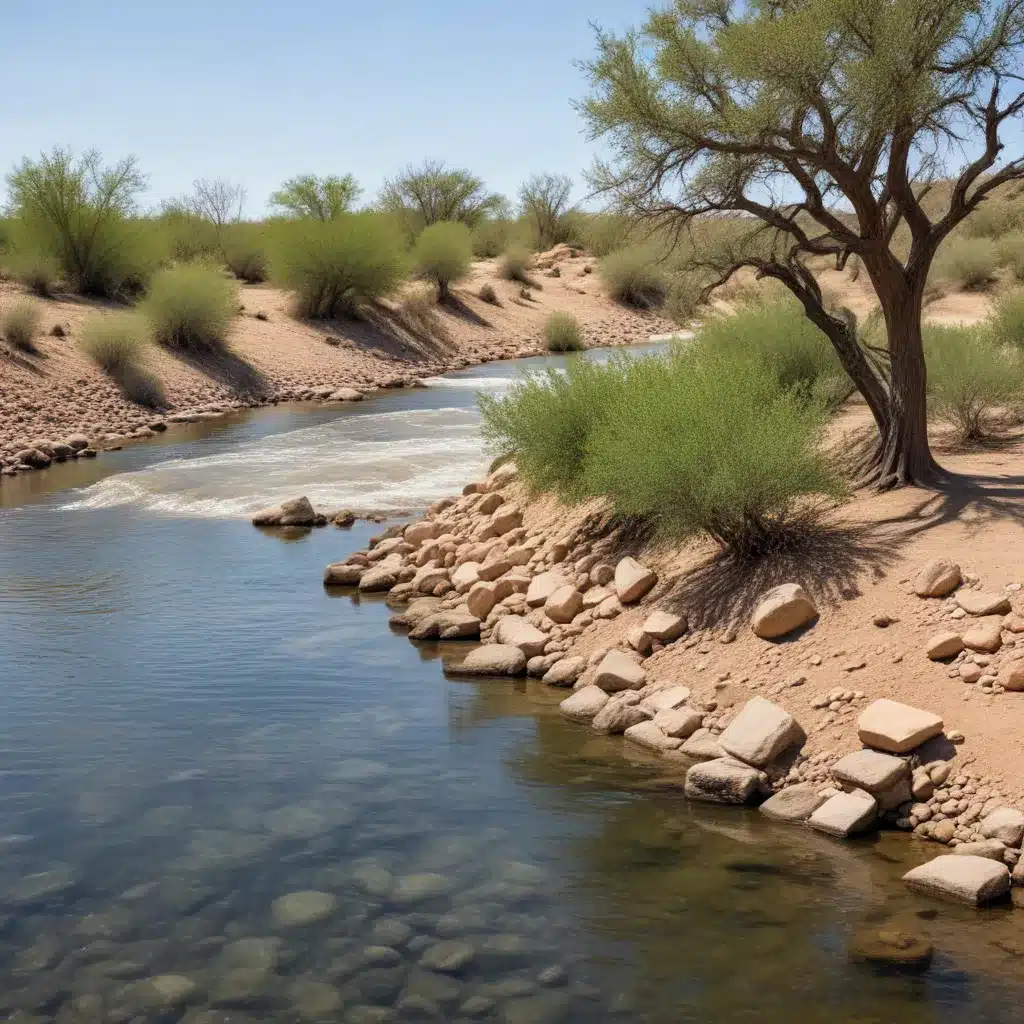
The Intersection of Culture and Water Management
Water is the lifeblood of our communities, shaping not only our environment but also the very fabric of our societies. As we grapple with the realities of water scarcity and the pressing need for conservation, it becomes increasingly clear that the solutions we seek must go beyond the purely technical. Culture, with its deep-rooted traditions, beliefs, and values, plays a pivotal role in how we approach water management.
In this article, we will explore how the dynamic interplay between culture and water conservation efforts can unlock powerful and sustainable solutions. By understanding the intricate connections between our cultural heritage and our relationship with water, we can chart a course towards a future where water security is not just an aspiration, but a lived reality.
Honoring Cultural Ties to Water
Throughout history, various indigenous communities have maintained a profound reverence for water, recognizing it as a sacred and life-sustaining resource. In many cultures, water has been intricately woven into religious rituals, social customs, and the very fabric of daily life. This deep-seated connection has shaped the way these communities approach water management and conservation.
Take, for example, the case of the American bison and its cultural significance to many Native American tribes. As detailed in the source content, the bison was once a central figure in the lives and economies of these communities. The decimation of the bison population not only had devastating ecological consequences but also severed a vital cultural link. The recent efforts to restore bison populations on tribal lands have been instrumental in reconnecting indigenous peoples with this revered animal and the water-dependent ecosystems it once roamed.
By acknowledging and honoring these cultural ties, water conservation initiatives can foster a deeper sense of ownership and commitment from local communities. This approach resonates with the principles of Joint Action for Water, which emphasizes the importance of community engagement and the integration of traditional knowledge in water resource management.
Adapting Conservation Strategies to Cultural Contexts
Effective water conservation efforts must be tailored to the unique cultural contexts of the communities they aim to serve. A one-size-fits-all approach often falls short, as it fails to account for the diverse beliefs, practices, and social dynamics that shape people’s interactions with water.
For instance, the City of Arcadia’s water conservation initiatives demonstrate a nuanced understanding of their local community. By implementing a seasonal watering schedule, restricting certain water-intensive activities, and offering targeted rebate programs, the city has managed to engage residents in a culturally-relevant way. This approach not only addresses the practical aspects of water conservation but also recognizes the importance of preserving local customs and traditions.
Similarly, in regions where water scarcity is a pressing concern, community-based water management strategies have proven particularly effective. By empowering local stakeholders to participate in decision-making and implementation processes, these initiatives are more likely to resonate with cultural norms and garner sustainable support.
Harnessing the Power of Storytelling
Ultimately, the success of water conservation efforts hinges on the ability to connect with people on a deeper, emotional level. This is where the power of storytelling comes into play, as it allows us to bridge the divide between the technical aspects of water management and the human experiences that shape our relationships with this vital resource.
By sharing the stories of individuals and communities who have faced water-related challenges and found innovative solutions, we can inspire and mobilize others to follow suit. These narratives can highlight the cultural nuances that influence water usage, the challenges of adapting to changing environmental conditions, and the triumphs of communities that have successfully navigated these waters.
The Joint Action for Water blog is an excellent platform for amplifying these stories, fostering a deeper understanding of the complex interplay between culture and water conservation. By highlighting community-driven initiatives, innovative technologies, and grassroots advocacy efforts, the blog can serve as a catalyst for change, inspiring readers to rethink their own relationships with water and the role they can play in shaping a more sustainable future.
Embracing a Holistic Approach
As we look to the future, it becomes increasingly clear that the most effective water conservation strategies will be those that seamlessly integrate cultural considerations into the broader framework of water management. This holistic approach recognizes that water is not just a resource to be managed, but a fundamental element of our shared heritage and collective well-being.
By fostering a deeper appreciation for the cultural significance of water, we can unlock innovative solutions that resonate with local communities. This might include reviving traditional water harvesting and storage methods, incorporating indigenous knowledge into water quality monitoring programs, or collaborating with cultural organizations to develop water-focused educational initiatives.
Moreover, this holistic approach acknowledges that water conservation is not just an environmental issue, but one that is deeply intertwined with social justice, public health, and economic development. By addressing these interconnected challenges through a cultural lens, we can create more equitable and sustainable water management systems that truly serve the needs of all stakeholders.
Conclusion: Embracing the Currents of Change
As we navigate the complex and ever-evolving landscape of water conservation, it is clear that culture must be at the forefront of our efforts. By understanding the intimate relationships between people, their communities, and the water that sustains them, we can unlock powerful solutions that not only address pressing environmental concerns but also strengthen the social and cultural fabric of our societies.
The currents of change are upon us, and it is up to us to harness their transformative potential. By embracing the rich diversity of cultural perspectives and integrating them into our water management strategies, we can chart a course towards a future where water security is not just a dream, but a reality shared by all.

